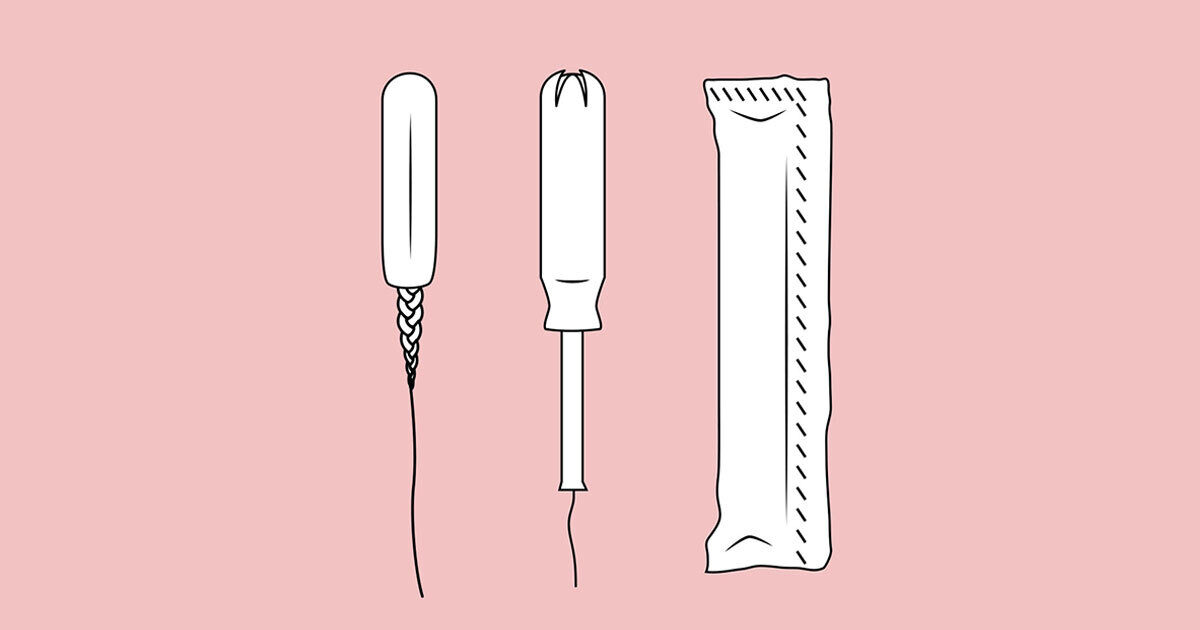What to Know About the National Tampon Shortage
Supply chain disruptions have resulted in elevated costs and limited variety of the period product
Reviewed by: Justine Reilly, MD
Written by: Lauren Schneider

If you’ve struggled to find your preferred tampon brand in stores recently, you’re not alone: consumers across the country have complained of difficulty buying tampons since April. A June 2022 report in TIME confirmed the shortage, bringing more media attention to the issue.
Supply Chain Woes
Many of the factors driving the tampon shortage should be familiar to those following the story of broader supply chain setbacks in the wake of the COVID-19 pandemic. Procter & Gamble and Edgewell, the top two companies in the period care industry, reported difficulty sourcing raw materials such as cotton and rayon. Edgewell also experienced recent staff shortages at its factory in Dover, Delaware.
Other challenges to tampon supply levels are more product specific. Not only are tampons deceptively complicated to produce, but they are also regulated as a medical device by the Food and Drug Administration, meaning that not just any manufacturer can pick up the slack.
Thinking Beyond Tampons
For some individuals missing their favorite menstrual product, the tampon shortage may be a chance to try a new period care strategy.
Justine Reilly, MD is an obstetrician-gynecologist who serves at Women’s Health, a clinical partnership between Ascension Seton and UT Health Austin. She suggests that people explore reusable options during this time. “I have increasing numbers of patients who are using menstrual cups.”
Dr. Reilly notes that menstrual suppression is possible for people interested in hormonal birth control options. “If you bleed less, you’ll need less product.”
Period Poverty on the Rise
While different solutions work for different bodies, the tampon shortage has limited people’s options. In addition to decreased selection, a Bloomberg report from earlier this month noted that tampon prices have increased 10% from last year amidst the shortages.
Increased tampon prices compound the longstanding problem of period poverty, in which people struggle to afford menstrual supplies. According to a recent study from U by Kotex and YouGov, the number of people who reported having difficulty purchasing period products due to lack of income at some point in their life increased by 35% between 2018 and 2021.
Austinites experiencing period poverty can now obtain free menstrual products at city-owned facilities thanks to an Austin City Council measure approved last month.
Facilities covered by the policy include:
- All Austin Public Library locations
- All city-owned recreation centers
- All Austin Public Health facilities
For more information about Women’s Health, click here.